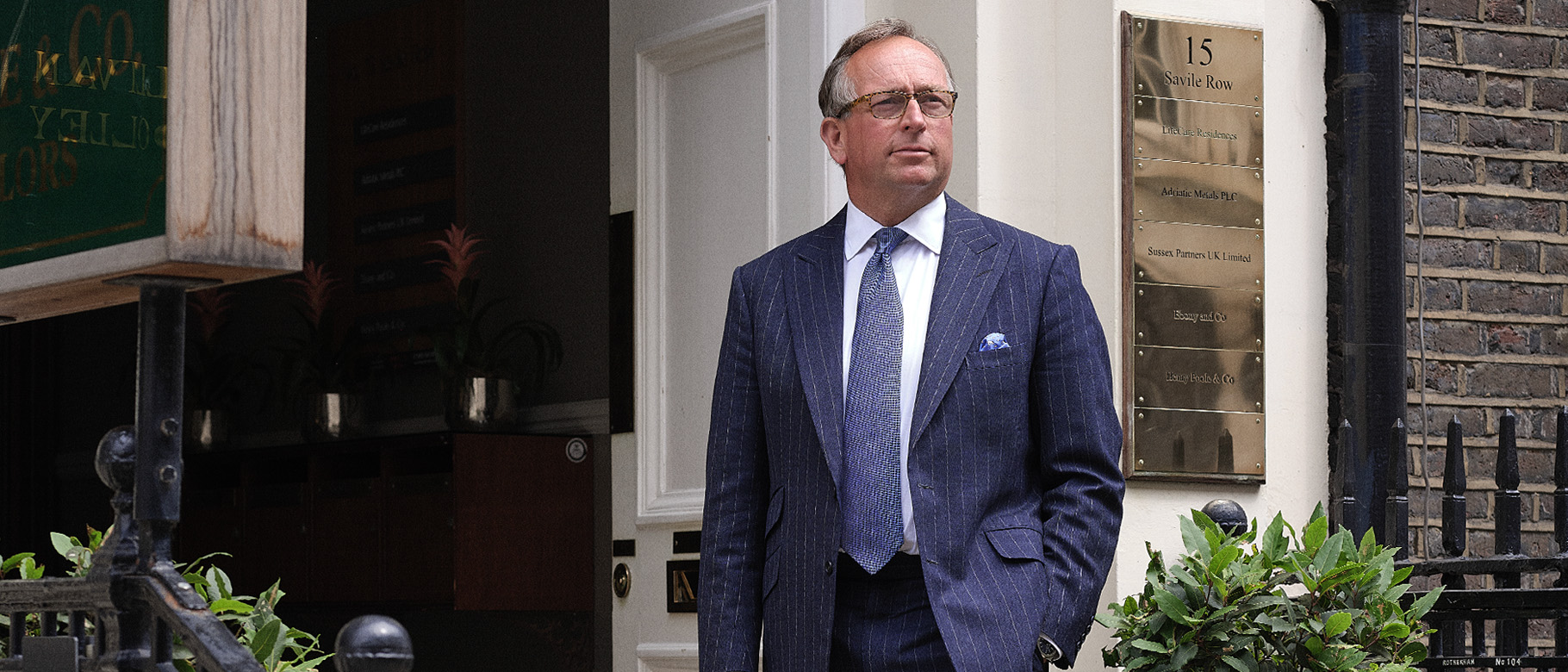

It’s impossible to talk about Henry Poole & Co without talking about history. The house is old. One of the founding fathers of Savile Row, it dates all the way back to 1806. Historical figures from Napoleon III and Queen Victoria to Charles Dickens and Sir Winston Churchill had their suits made here. In collaboration with King Edward VII it invented the dinner suit, or tuxedo, for our American friends. Indeed, it was founded only 30 years after the United States was.
It’s all quite hard to fathom, but it’s true. Henry Poole still has the original ledgers to prove it. In them you’ll find beautiful calligraphy detailing the inside leg measurement of J.P. Morgan, or the chest size of Frank Lloyd Wright. It even shows that Churchill owed an outstanding bill of nearly £197. “We have the best record of any tailor in the world”, Simon Cundey, managing director of Henry Poole tells me. A betting man wouldn’t contest that statement.
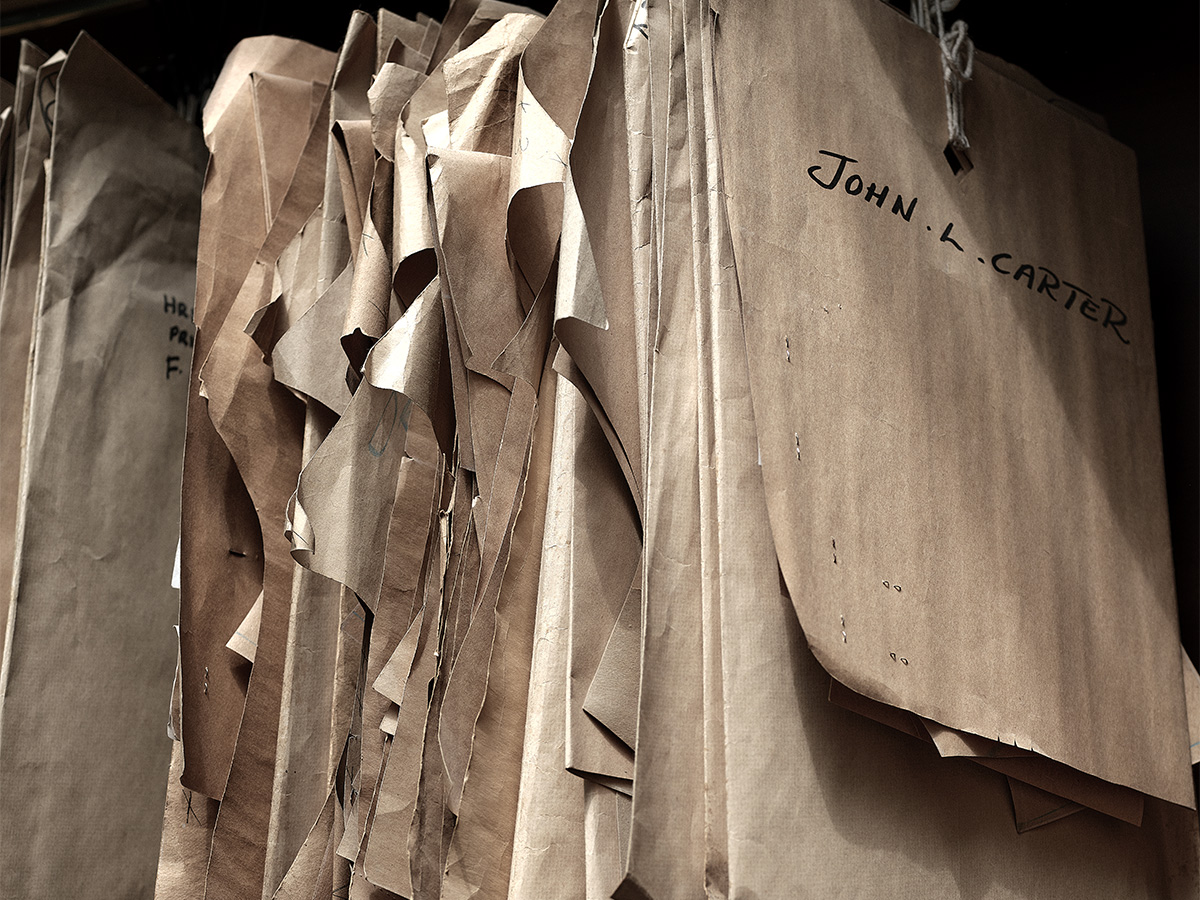
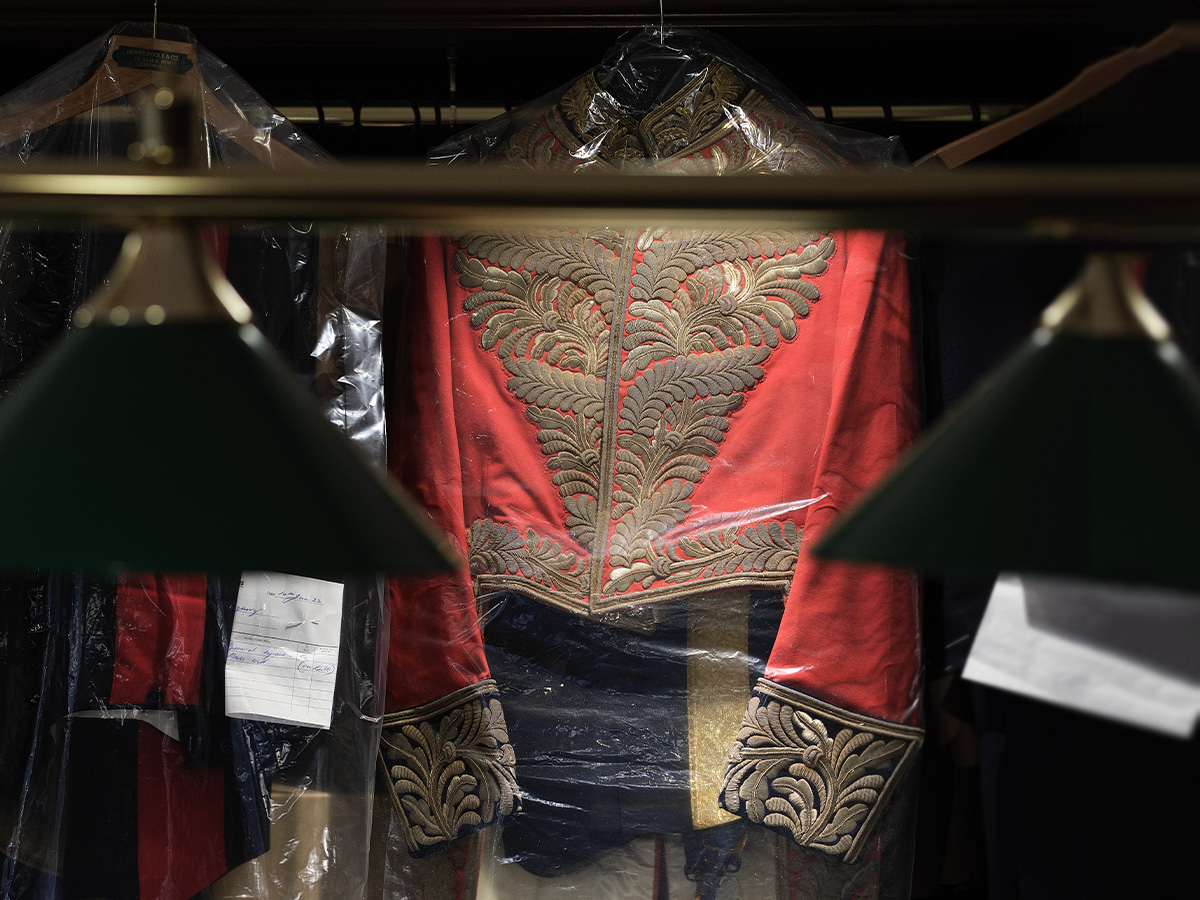
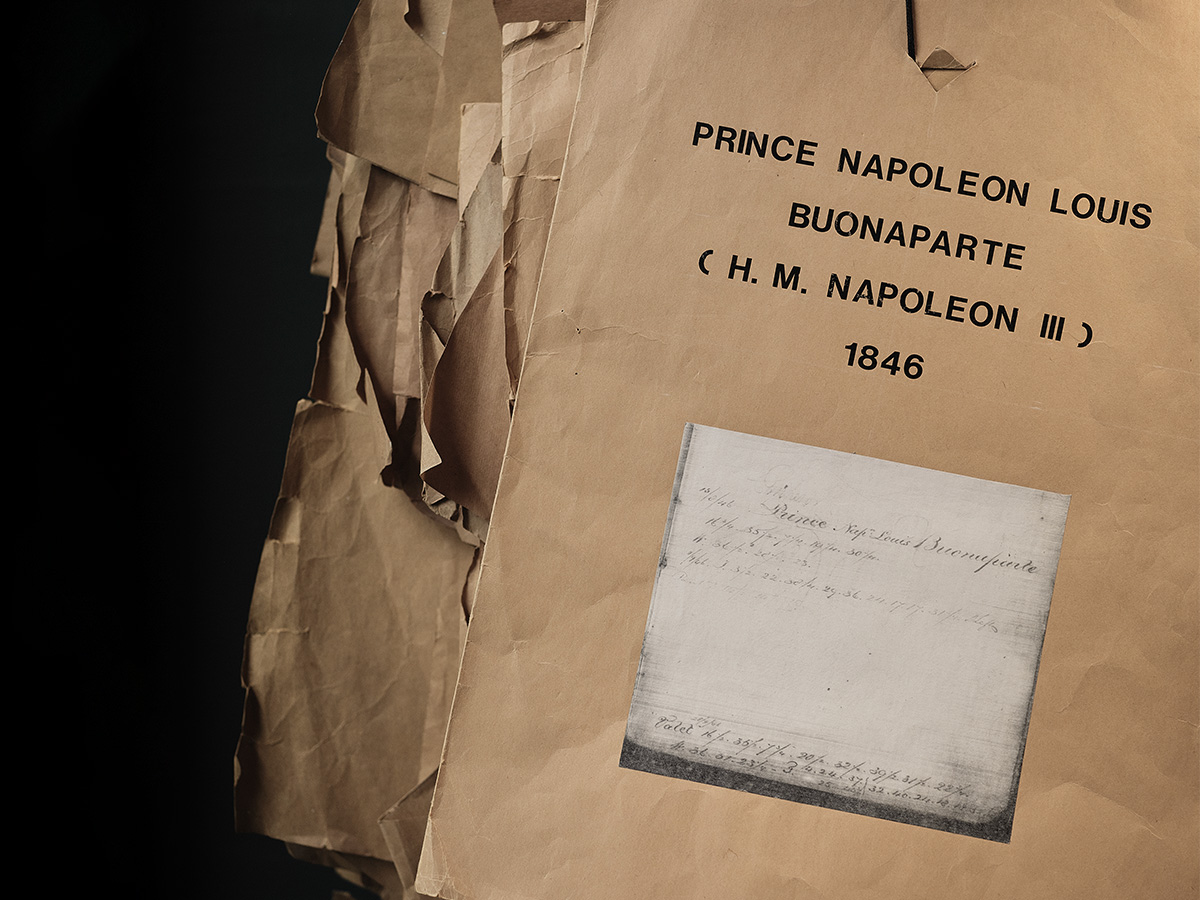
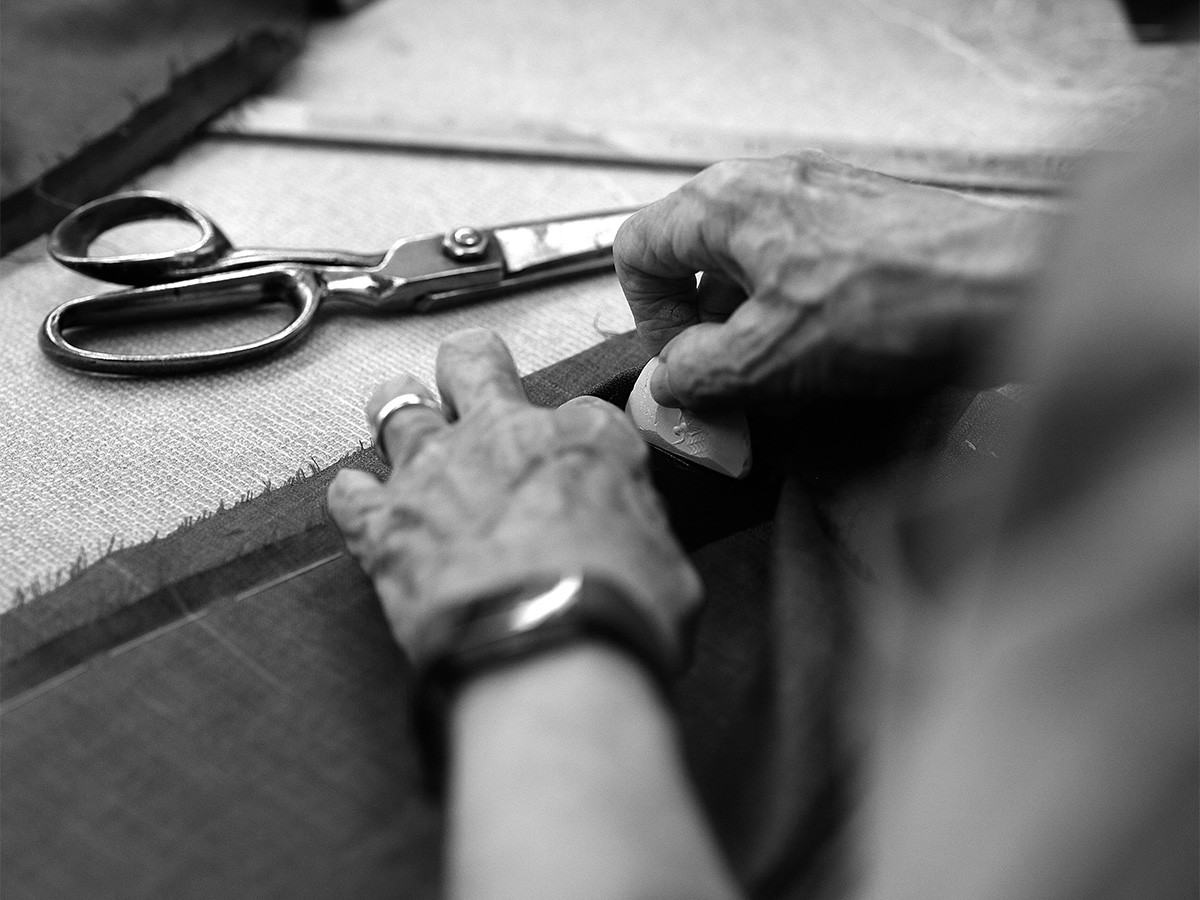
I chat to Simon in 15 Savile Row, Poole’s home. It’s a slightly intimidating shop to walk into. You enter up a few stairs off the street itself before swinging open the large wooden door. It rings a bell that lets the people inside know you’ve arrived, but the friendliness of the welcoming staff immediately puts you at ease. This is a place that’s served politicians, actors and rock stars for over two hundred years, so they know a thing or two about how to treat people. It feels old here, with plush green carpets soft underfoot, burgundy chesterfield sofas, mahogany cabinets and gold frames all lit by ornate chandeliers hanging from the tall ceilings. It has the same comforting atmosphere as your favourite old pub, albeit in a more distinguished way.
It feels as though it has never changed, and in many respects Henry Poole hasn’t. The same can be said of its house style, which has been unwavering in its consistency over the decades. “Poole is about balance of the body”, says Cundey. “We work out the mathematics of where, proportionally, the body should be. We’ve always taken a natural stance. With the shoulder line, we never made it bigger or smaller than it really should be, even though fashion could change it. The width of the lapel is all about the customer’s size, not necessarily about the style of the time. We’ve gone from skinny Beatles lapels to David Bowie when he had big five and a half inch lapels, whereas we were always the moderate alternative, the middle point.”
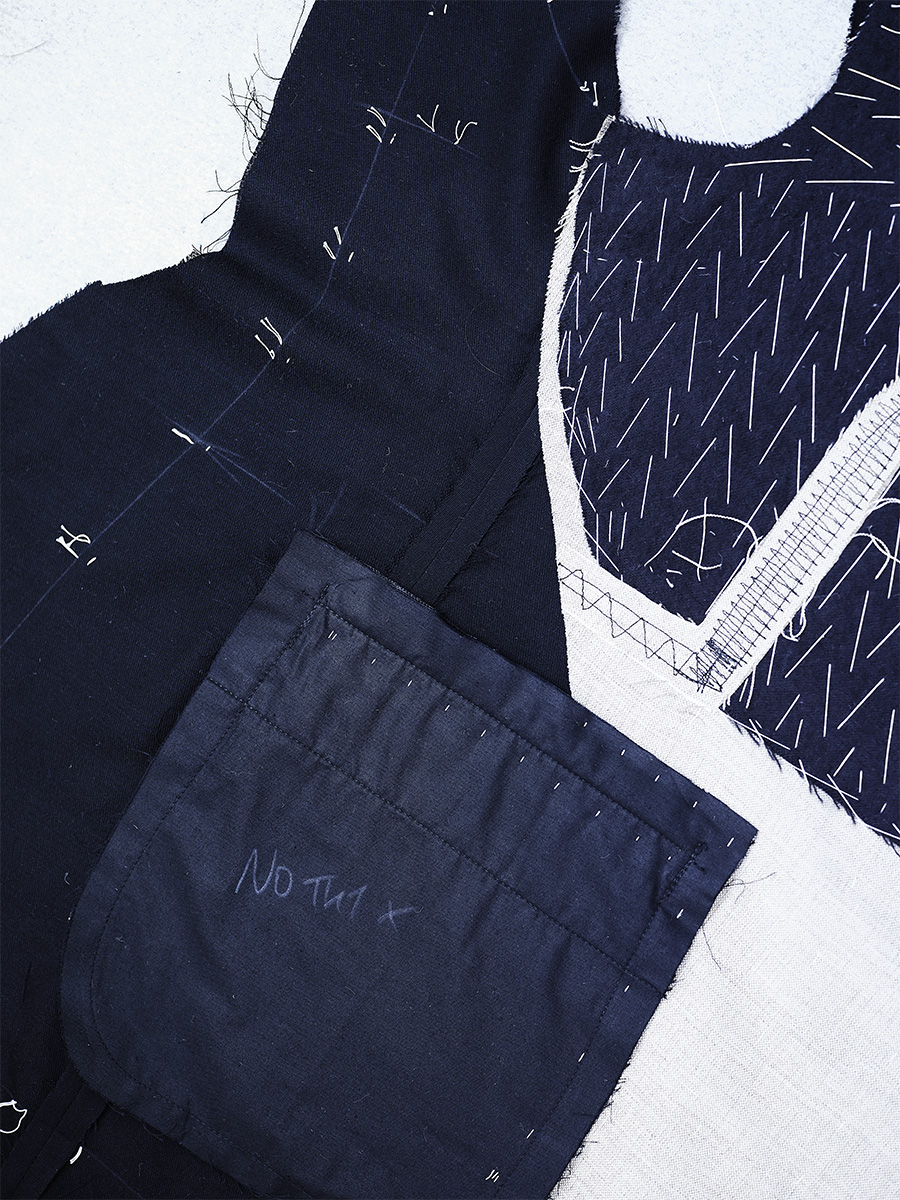
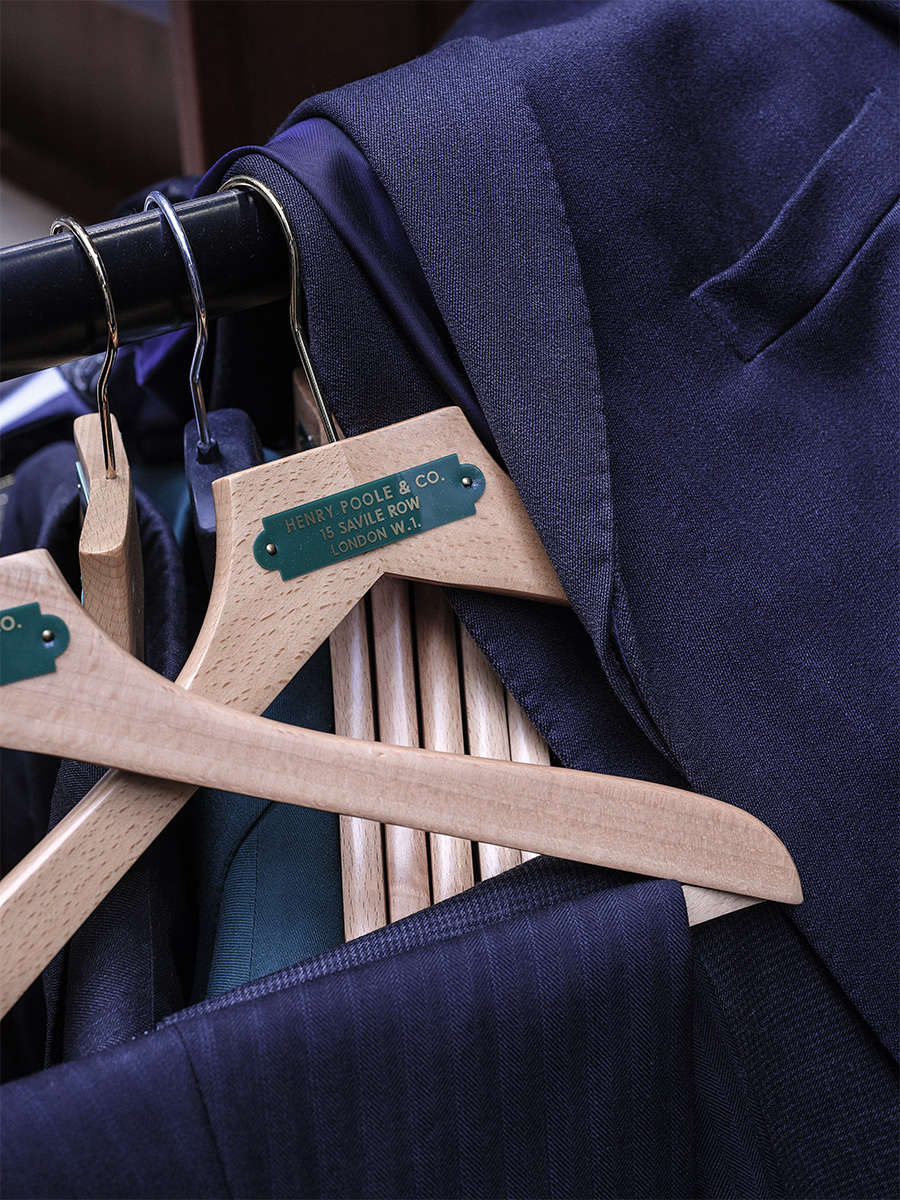
Cundey was always destined to work in the family business. His great great grandfather Sam Cundey was the cousin of Henry Poole, the first of the celebrity tailors and a “sort of Ralph Lauren or Tom Ford of his day.” Sam took over the business when Henry retired, leading the three generations of Cundeys that were to follow. In that time the house has, of course, changed. “In our period of history we’ve gone through two world wars and a number of big depressions. We’ve gone through changes in lifestyles and we’re going through it again now.” So it has had to adapt somewhat.
There were trunk shows, first introduced in 1996 that allowed the house to enter the US market. “We have one of the biggest services to the USA, seeing our customers on the basis that we can fit a garment to be brought back here to be finished up. This service has become a big part of our business and we’ve done so not only in Europe and the US, but also Japan, Singapore, Hong Kong. So, at the moment we’re running around at a 70 per cent overseas market,” which is a far cry from the days of Angus (Simon’s father) and his cutter “driving around Europe in a Renault Espace” back in the day.
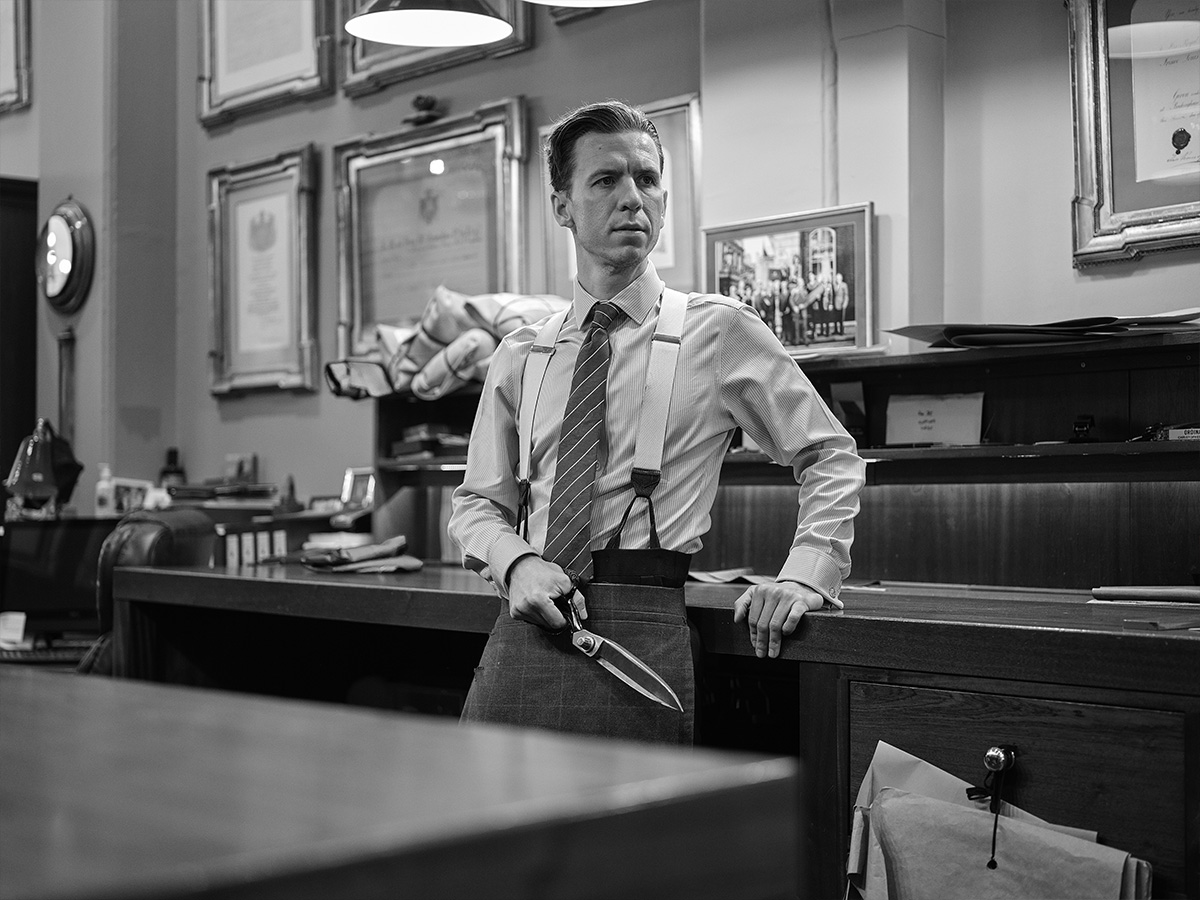
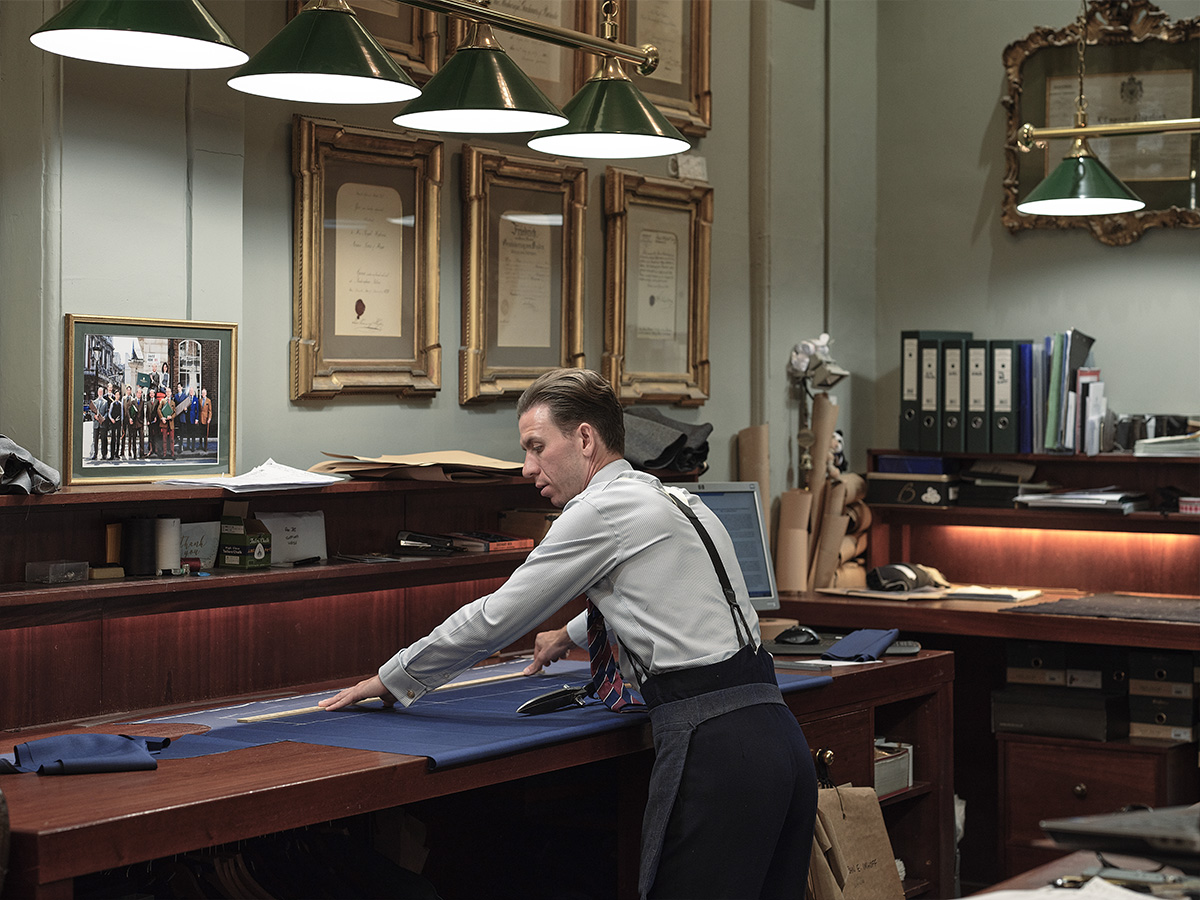
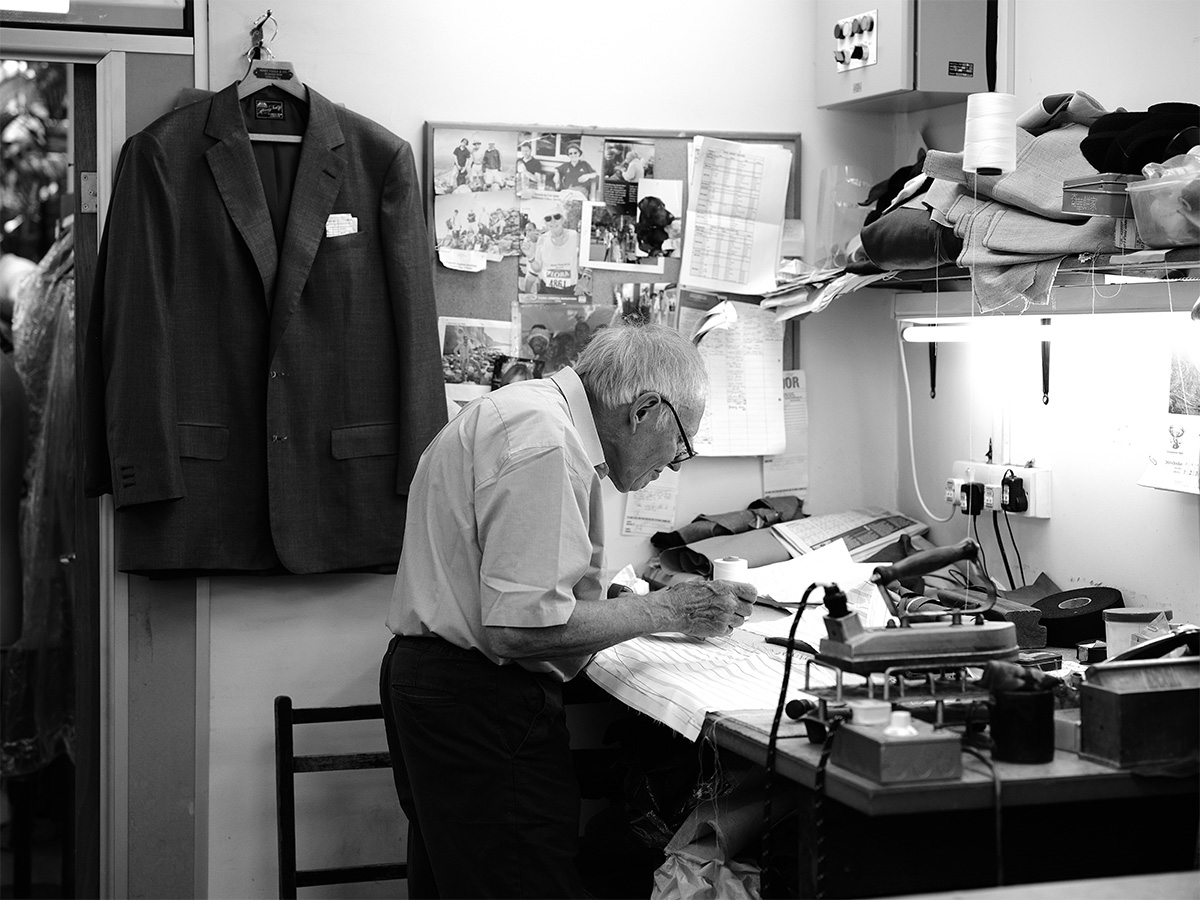
More recently the house has diversified its offerings, collaborating with the likes of Adidas, Gore-Tex and Canada Goose while offering more casual bespoke clothing. It continues to work closely with young people, with five apprentices currently on staff, and as always, has championed sustainability. “Initially, the financial cost [of a suit] is a lot, but if you look at it over 10 years, the price is actually good compared to what we call ‘disposable’ suits, where designer brands are giving you a suit that lasts for two or three years and then you throw it away and buy another one. We’ve always left four inches of inlay in our suits [so you can adjust it as your body changes] and have done so for 200 years. Sustainability has always been a part of our world. We don’t use any glues; it’s all naturally made by canvassing and we tack and sew things together by hand on the premises at 15 Savile Row. You as a customer can actually come in and see your garment being made at every stage, and that to me is what Savile Row was always about.”
It’s also largely about fabrics, and Henry Poole has long worked with top mills, including Thomas Mason. Cundey is a big fan of the two-fold 120s and 160s, as well as the gingham checks and voiles. “The quality Thomas Mason gives is extremely high, as is the service they provide. But the consistency in the quality is the key thing about Thomas Mason – and the reason we love to work with them. Mason’s have been here since I’ve been here, so you’re talking well over thirty years.” That might not seem like much compared to the two centuries Poole has been around, but this long running partnership is a reminder of the loyalty and companionship that can exist within the tailoring world.
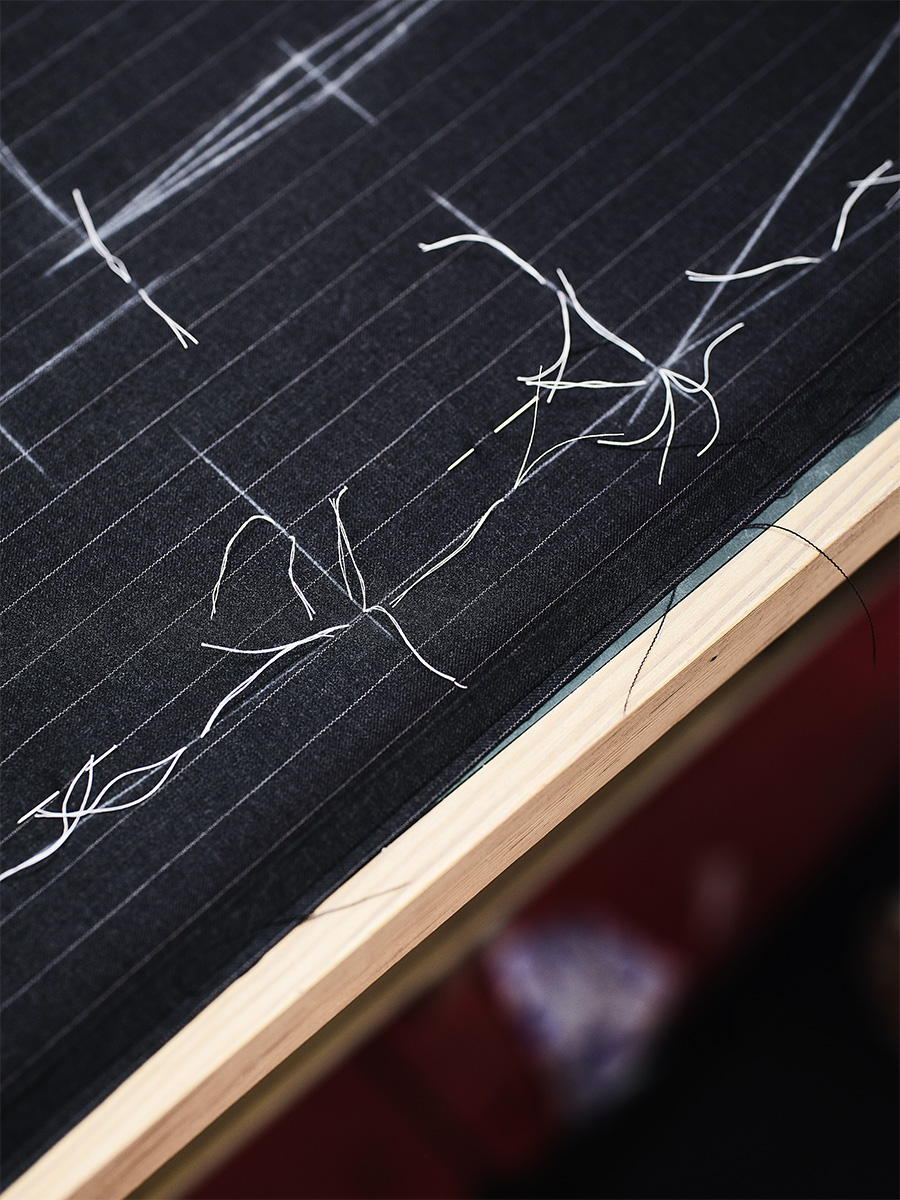
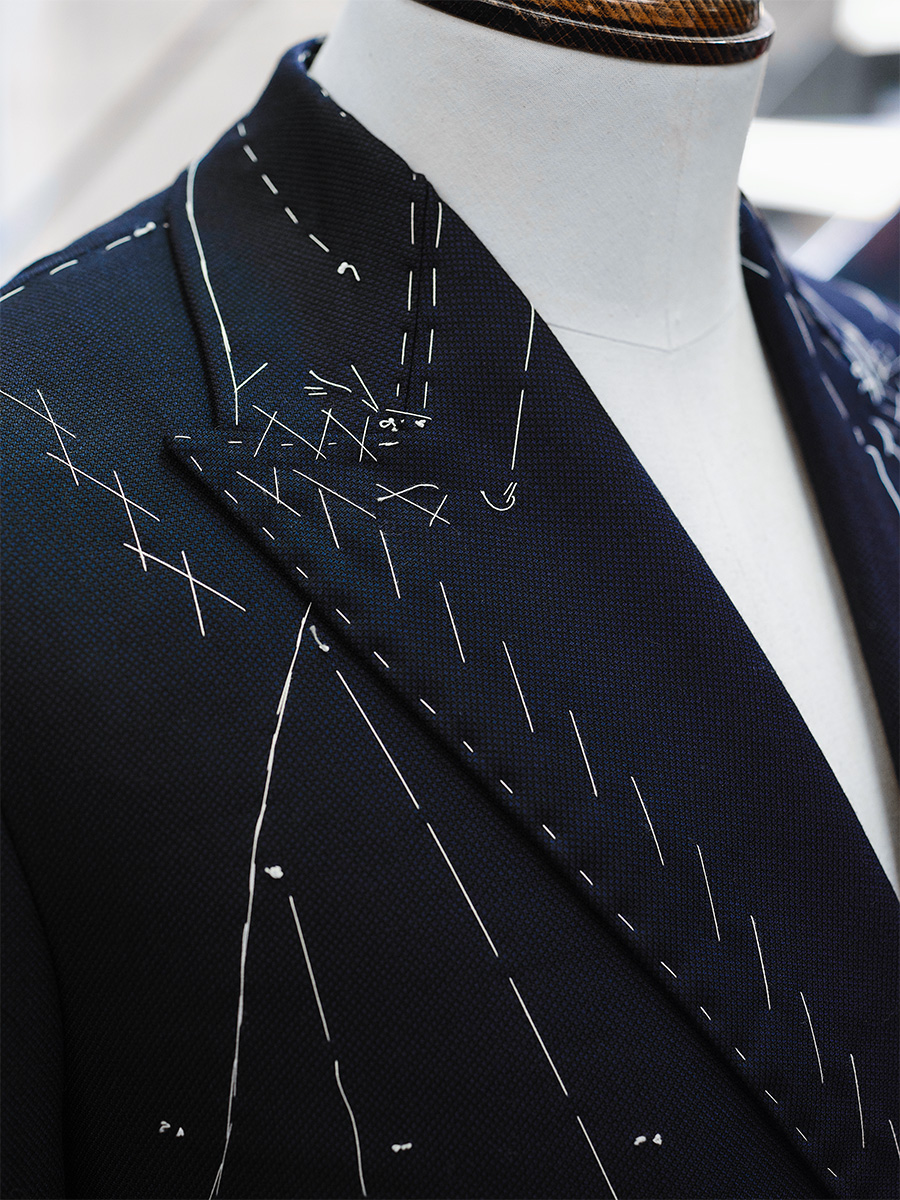
But, surely, it’s tricky to remember all those fabrics? “You have to have a good memory. Somehow I can remember many things about fabrics, and what a customer ordered 10 years ago. You want to create a wardrobe for a customer and every part of knowing what they’ve had is a part of that. We’ve got 6,000 fabrics here but I can tell you pretty much everything about each and every blend, from their characteristics and qualities to whether they’re best suited for a specific purpose. I forget my wedding anniversary though, so there’s a downside to what I have and what I do.”
Despite the odd memory lapse, Cundey and his team are enjoying a busy period at Poole. The wait time for a first fitting is currently four to eight weeks, while Savile Row itself appears to be thriving. A number of younger tailoring houses have opened up shop, giving the street a vibrancy and a real mix of old and new. “Savile Row is important,” says Cundey. “It’s a beautiful thing that this street still exists in the world. If you look at other cities, Paris, Rome, Naples, they don’t have a street like this. There’s great individual houses out there, but it’s the destination that makes a difference here in Savile Row.”
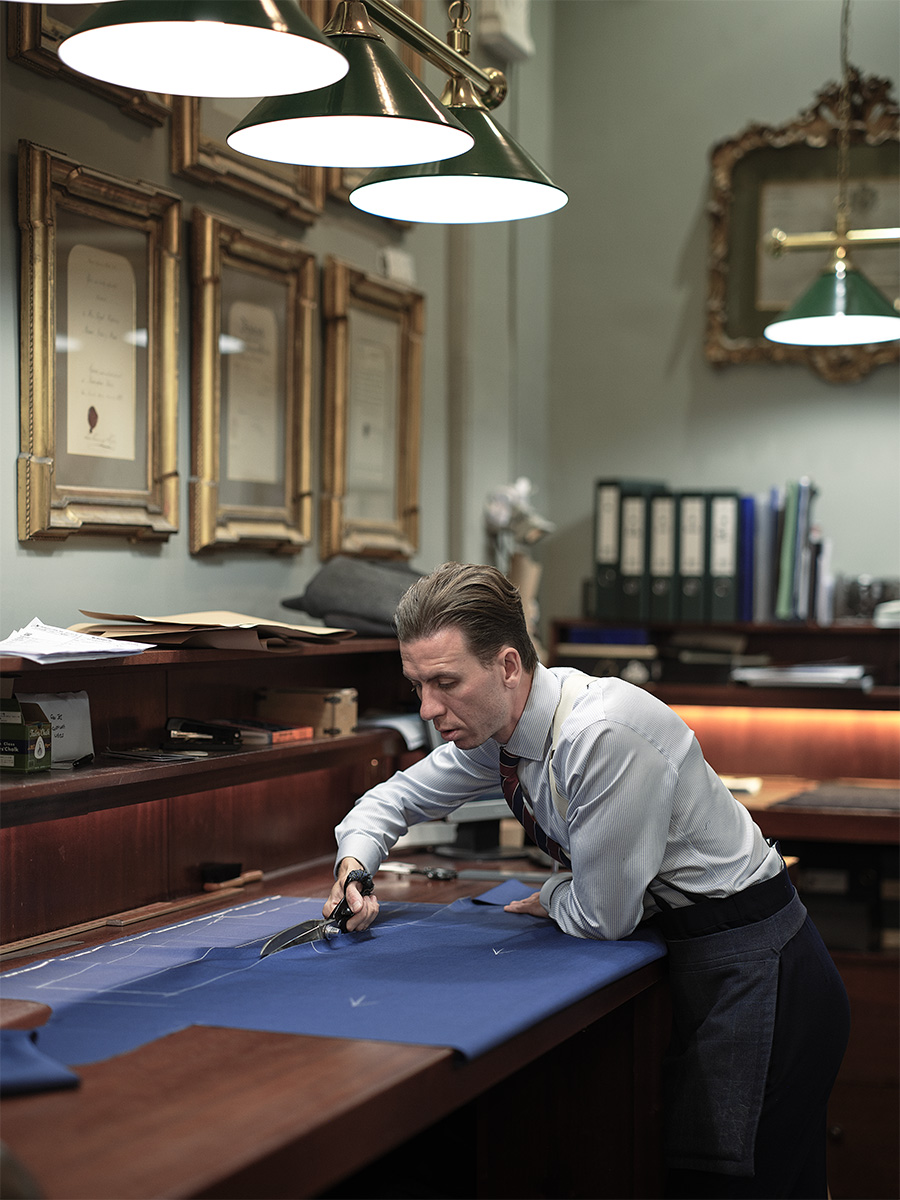
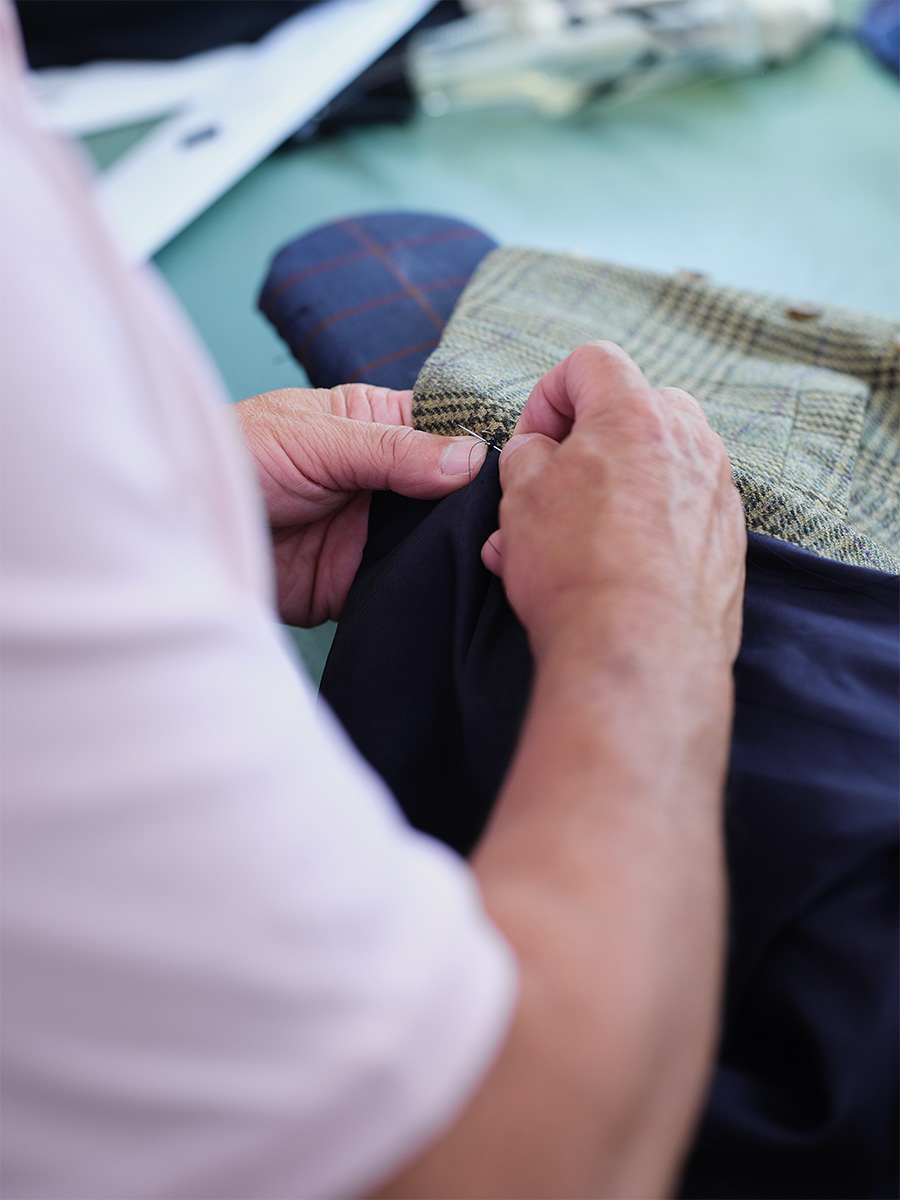
Photo credits: Tom Bunning
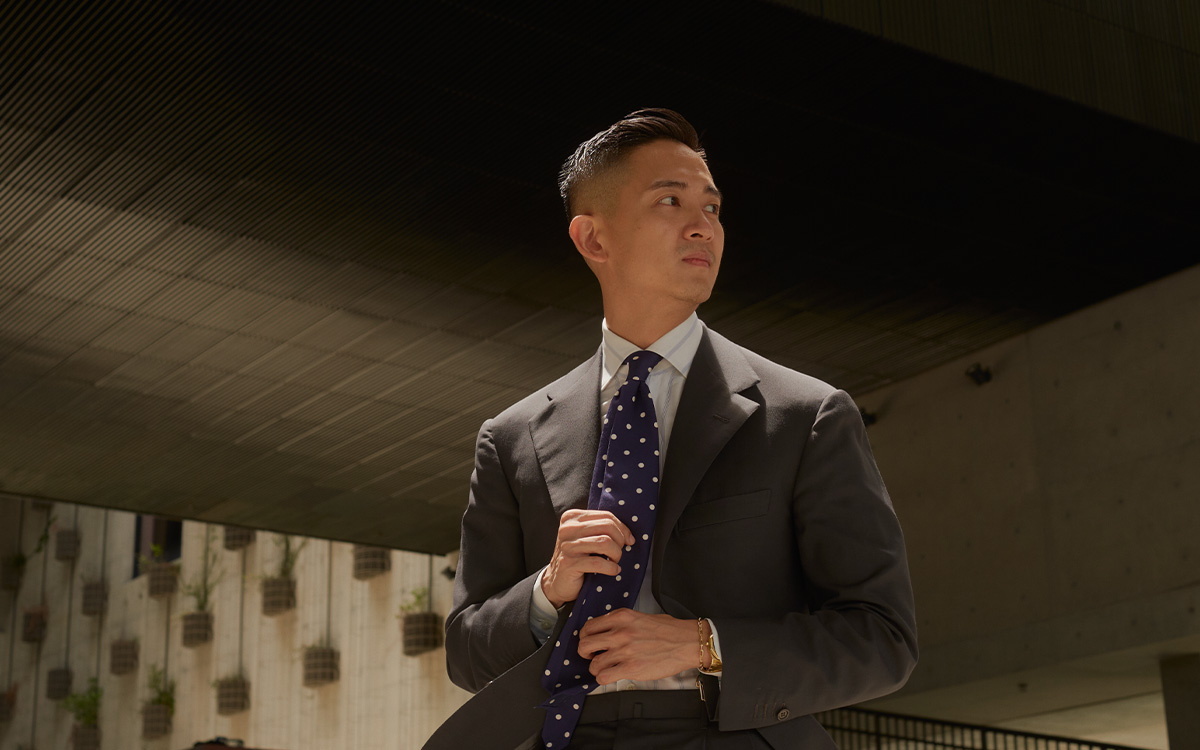
Take a tour through Alan See’s Hong Kong

Shirts for Sophisticated Home-Working
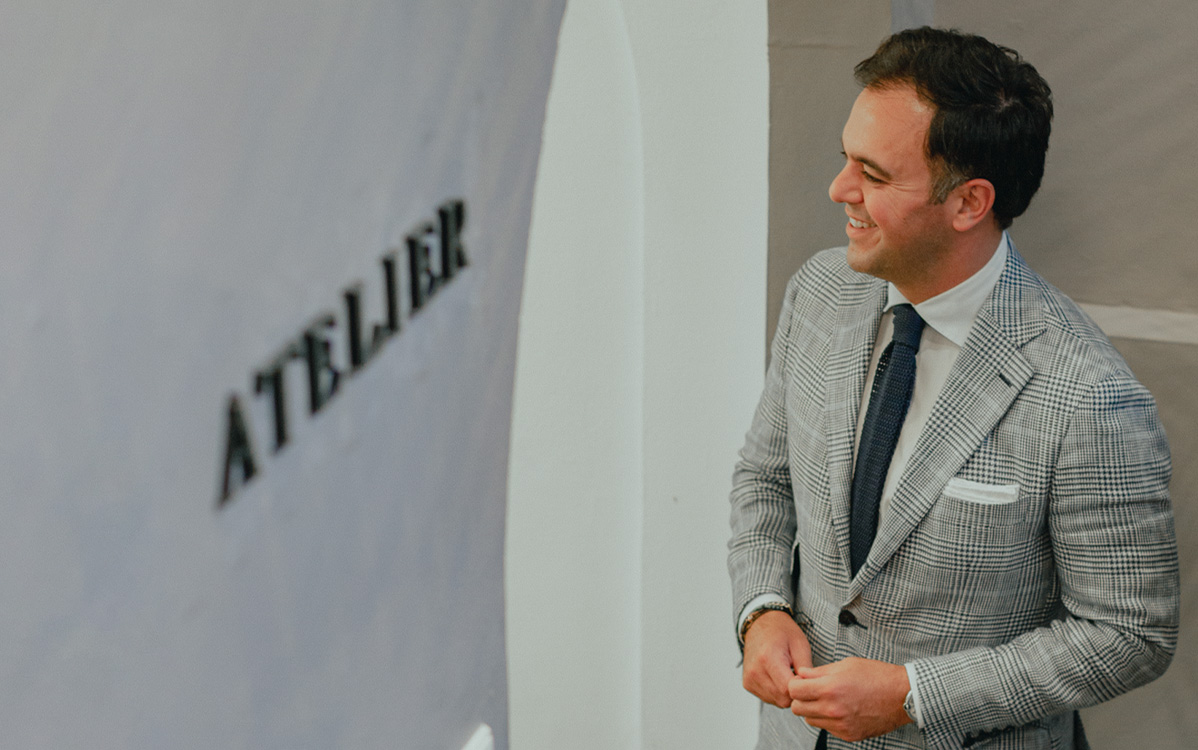
Pride of place: Ettemadis
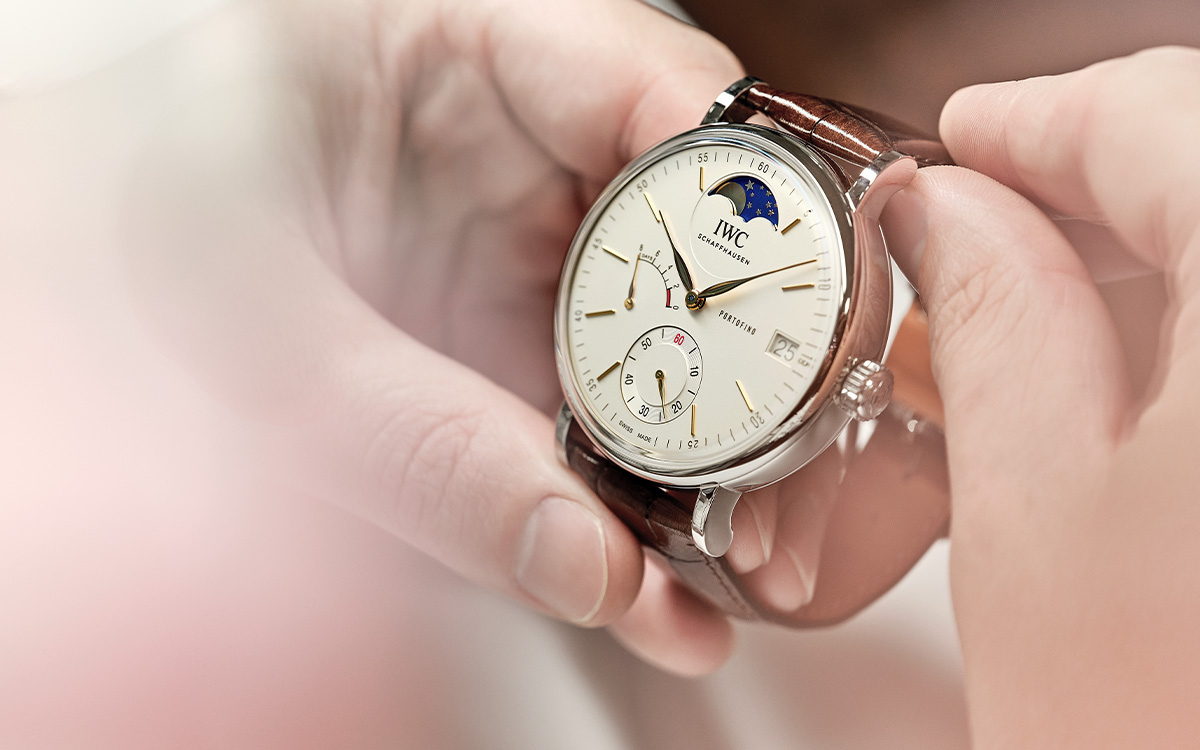
A watch lover’s guide to IWC Schaffhausen
Cotonificio Albini S.p.A. - Via Dr. Silvio Albini 1, 24021 Albino (BG) – Italy
Società con unico socio - diretta e coordinata da Albini Group S.p.A.
P.I. 01884530161 - C.F. 08743540158 - Iscritta al Registro Imprese di Bergamo - REA 244649
Capitale sociale sottoscritto e versato € 11.170.960